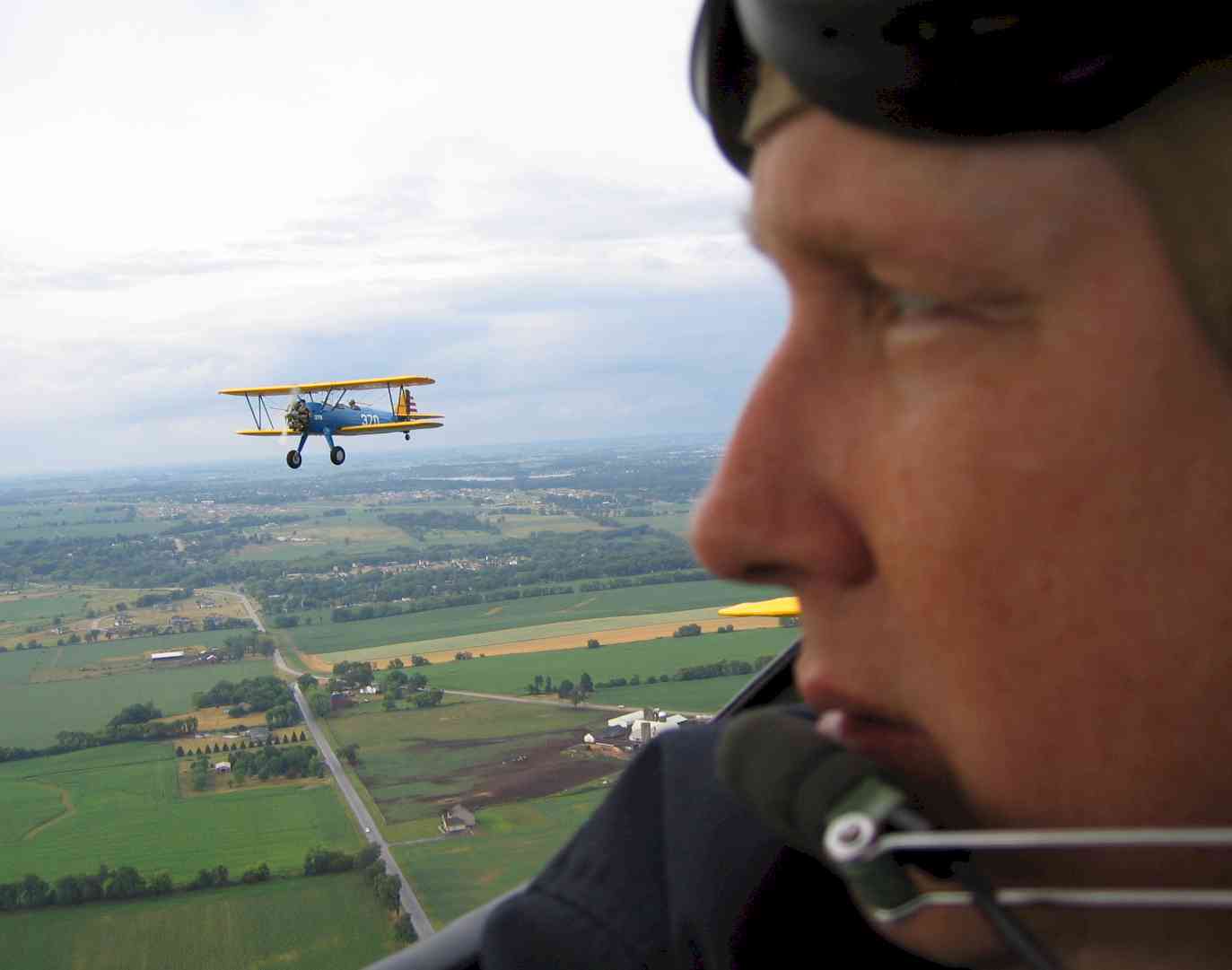To those of you who might be contemplating a career as a professional pilot: No doubt you’ve read about the turmoil plaguing the airline industry of late. You’re going to hear a lot more from me on this topic. For now, let me just say that it’s very important that you follow your heart when you’re beginning a flying career. If you don’t love flying -– and mean really LOVE it -- it’s probably not for you. There are plenty of ways to earn a comfortable income without subjecting yourself to the things an airline pilot must endure.
When it’s bad, like it is now, it’s pretty bad. Some people use the word “abysmal.”
However, when it’s good, it’s absolutely the most rewarding, embarrassingly-fun thing you can do for a living. And there’s no office on earth that can match the view, and it’s still an honorable way to earn a living.
It’s always been cyclical. The airlines go through ups and downs more than any industry I’ve ever heard of. We have long hiring booms, followed by years of layoffs. Pay rates often peak around contract negotiation time, followed by painful concessionary deals in the years that follow. If you prepare for an airline career like I did, largely by talking to airline pilots, you get the picture pretty quickly.
In September of 2001, terrorists used four of my industry’s beautiful airplanes as weapons, killing thousands of people and plunging the country into war. At that moment the cycle changed. My airline’s financial downturn turned into a financial plummet, the likes of which had never been seen before. It went straight downhill, for over three years, with no upticks to reassure everyone we’d be OK. I won’t go into the details here and now, because that’s a topic for another article.
From an airline pilot’s perspective, here are a few of the many ways that my career changed in the months and years that followed 9/11:
1. Airport security went from being a mild annoyance and a topic of many jokes to a deadly-serious procedure administered by the Federal Government. Flight Crews are now subject to the same scrutiny as our passengers, including removing coats (and in some places, shoes) as we pass through security. Our bags go through the same x-ray machines as everyone else. We can’t carry Leatherman tools, nail files, or lighters anymore.
2. Pilots are now authorized to carry guns, and are deputized as Federal Flight Deck Officers (after extensive training, of course).
3. Armed Federal Air Marshals (FAMs) now ride on many of our flights.
4. Many pilots underwent Taser training in 2002, in preparation for carrying these unique weapons. (This plan fell through when the FAA approved the use of real guns.)
5. Our cockpits are now nearly-impenetrable fortresses, fitted with Kevlar doors, reinforced frames, digital locks and peepholes. Many airplanes are fitted with secondary cockpit barriers.
6. The procedures the Flight Attendants use to access the cockpit during flight are radically different from the “old days.” No more “coded knocks,” for one thing.
7. Pilots now have a four-level Security Response checklist for dealing with inflight incidents such as disruptive passengers, unusual items, or even strange smells. We practice these procedures every nine months in the simulator.
8. Our company operates a 24-hour security desk, optimized to provide flights with all the logistical support they might need in the event of a security threat.
9. We now constantly monitor Guard (the emergency frequency) inflight.
10. Crews now have special security procedures and codes used between the airplane and the dispatcher. Our company can query us at any time inflight, and essentially ask, “Is everything OK?” An improper response on our part will result in a visit from a flight of F-16s.
11. Speaking of which, we are now subject to inflight intercept and escort in the event of a security “situation.” Pilots are responsible for knowing the various intercept procedures.
12. Until recently, Washington, DC’s Reagan National Airport, due to its close proximity to the White House, US Capitol building, and all the other DC landmarks, required a set of security procedures you wouldn’t believe. Failure to follow these procedures to the letter resulted in the aircraft being diverted to another airport. There is now an Air Defense Identification Zone (ADIZ) around Washington, DC, much like the ones off our nation’s coastlines. A special illumination system is now in place to alert pilots that they are approaching the Washington DC Prohibited Area. The Prohibited Area around Camp David grew from 3 miles to 15 miles in diameter.
13. On a more personal level, pilots and Flight Attendants are now very conscious of the fact that we are, potentially, frontline fighters in the war on terror. Our passengers’ actions and words are closely scrutinized. Flight Attendants, especially, are now much more aware of their surroundings in the airplane and elsewhere. At least most of them are…
14. Many companies laid off almost a quarter of their pilots. A series of pay cuts (totaling a 60% cut for some people) and numerous contract changes have meant extreme lifestyle changes for all of us.
I won’t bore you with a lot of other details, but you can see that a lot has changed in my profession since that day in September 2001. We’re pressing ahead, but it’s a different world for us now -- more so than in just about any area of American life.
About Me

- Buck Wyndham
- I'm a professional pilot, videographer, writer and entrepreneur. I'm also a fan of technology used for good, not evil. I think uplifting music, photography, and video just might be able to save the world.
